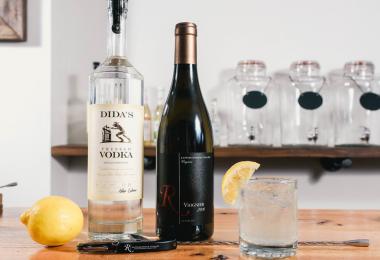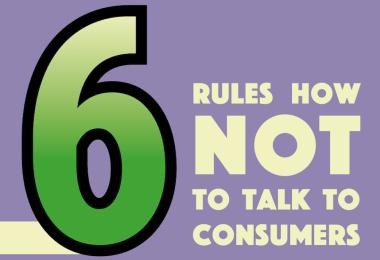Australia had a problem. Although the country’s innovative food fuses fresh ingredients, European traditions and Asian spices, few travellers thought of it as a gourmet destination. The fact that its wines were thought to be high-alcoholic red blockbusters didn’t help matters either, and nor did a strong Australian dollar.
In 2012, Tourism Australia entered into a partnership with Wine Australia, to work together to raise awareness of food and wine. In 2013 they went further, commissioning a Consumer Demand Research Project in 15 key tourism markets. They discovered that of those who hadn’t visited Australia, only 26% thought of it as a place with good food. The results were dramatically different among people who had visited – 60% agreed that Australia was a great gourmet destination, second only to France.
Tourism Australia’s first task was to define the country’s offerings. First, the internal management team of Tourism Australia brainstormed the problem, and during a second phase brought in key industry figures, such as chefs and wine writers, to ask them for input.
“What makes our food and wine unique?” Nick Baker, the then chief marketing officer, was quoted as asking. “It’s the combination of three factors: People, produce, place.” Tourism Australia decided to position Australia as, “Fresh thinking, open air, our flavours.” A target was set – increase the tourist spend on food and wine by more than $A500m ($370m) over a two-year period, to a total of A$4.7bn.
The result was a campaign called Restaurant Australia, which sat under the umbrella of the ‘There’s nothing like Australia’ campaign that Tourism Australia was already running. Restaurant Australia was built on seven pillars: wine, seafood, people, produce, restaurants, experience and festivals.
A A$10m campaign created by advertising agency Clemenger BBDO was launched in May 2014 at Quay, an award-winning restaurant in Sydney. It had three phases:
1. Industry engagement, called ‘Rally Cry’, running through April and May 2014. Businesses involved in food and wine were asked to share their stories through a content hub. Staff from Tourism Australia chose the best of these to go live on the website in early May. Tourism Australia also created new film and photographs and encouraged members of the food and wine industry to use social media heavily, and to download campaign materials.
2. In-market consumer activations, which ran from June to September 2014. Tourism Australia’s international offices in key markets worked with local partners to create campaigns to showcase Australian food and wine, including pop-up restaurants, and competitions to win gourmet trips to Australia.
3. Media engagement, called ‘Invite the World’, rolled out in November. Eighty members of the international food and wine media were invited to Australia to experience its culinary culture.
By September 2015, the campaign had hit its target six months early, with Tourism Australia announcing that one in every five dollars spent by international travellers was now being spent on food and wine. By the end of June 2015 (the end of the Australian financial year), spending was up by 10.4% on the previous year. By 2016, the food and wine spend had grown over A$1bn, or by 24.6%.
The initiative has been so successful that it is ongoing. In January 2016, a pop-up version of Copenhagen sensation Noma opened in Sydney for 10 weeks. The menu was created from Australian ingredients (and wine) by Noma chef René Redzepi, whose ingredient-seeking 2015 tour across Australia was captured in a three-part television series. Other Tourism Australia projects include hosting the awards for the 2017 World’s 50 Best Restaurants, with four top chefs flown to New York to cook on top of the NoMad building in a pre-event publicity extravaganza. Interestingly, the guests were other chefs – presumably this was an opportunity to showcase Australian ingredients.
The lesson of the Australian campaign is clear – wine regions that want to be successful need to partner with food producers, chefs, restaurants and tour operators to showcase wine as part of an overall gourmet offering.
This article is based on the speech that Felicity Carter gave at the Business of Food and Wine Tourism in South Africa.








